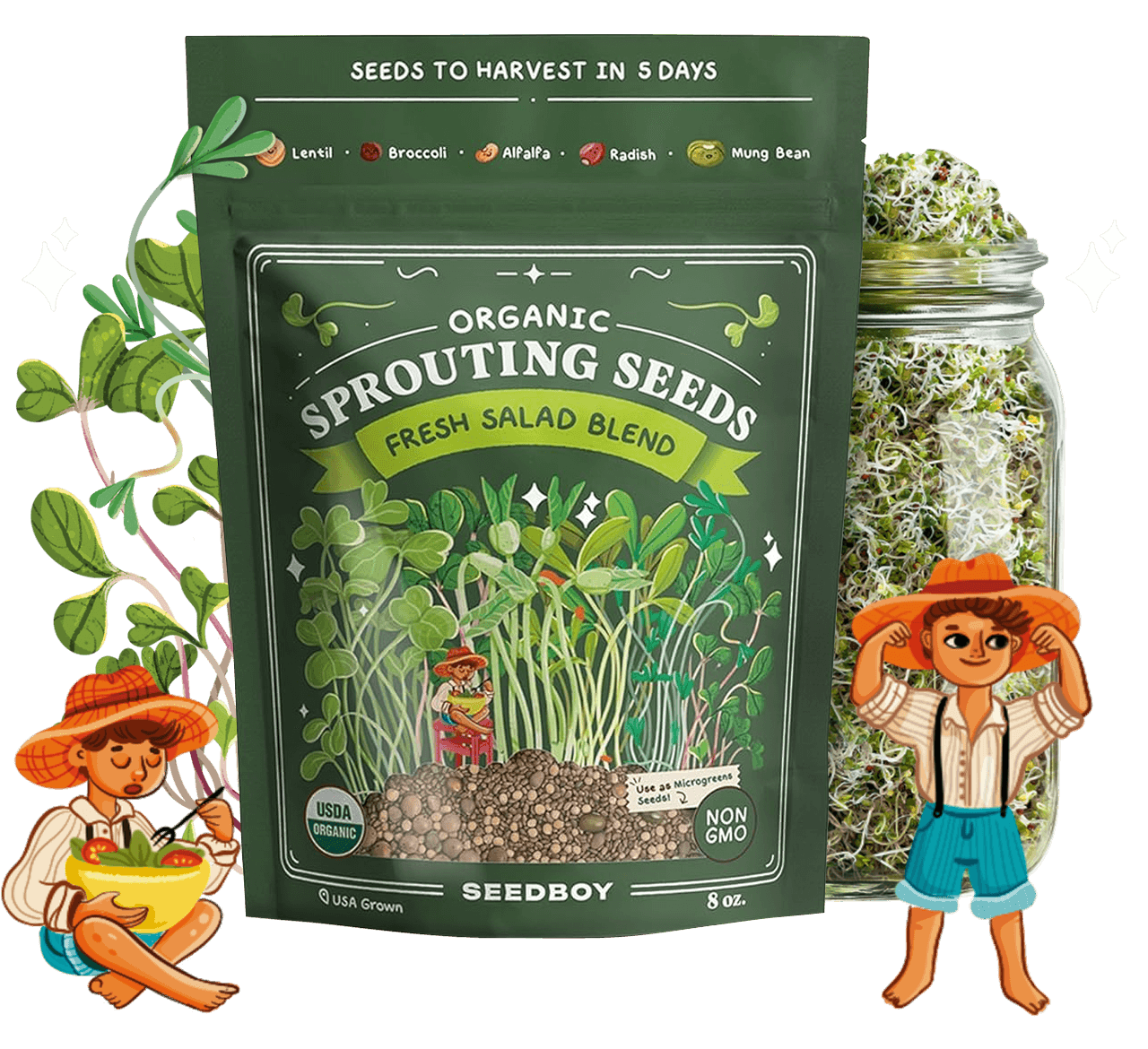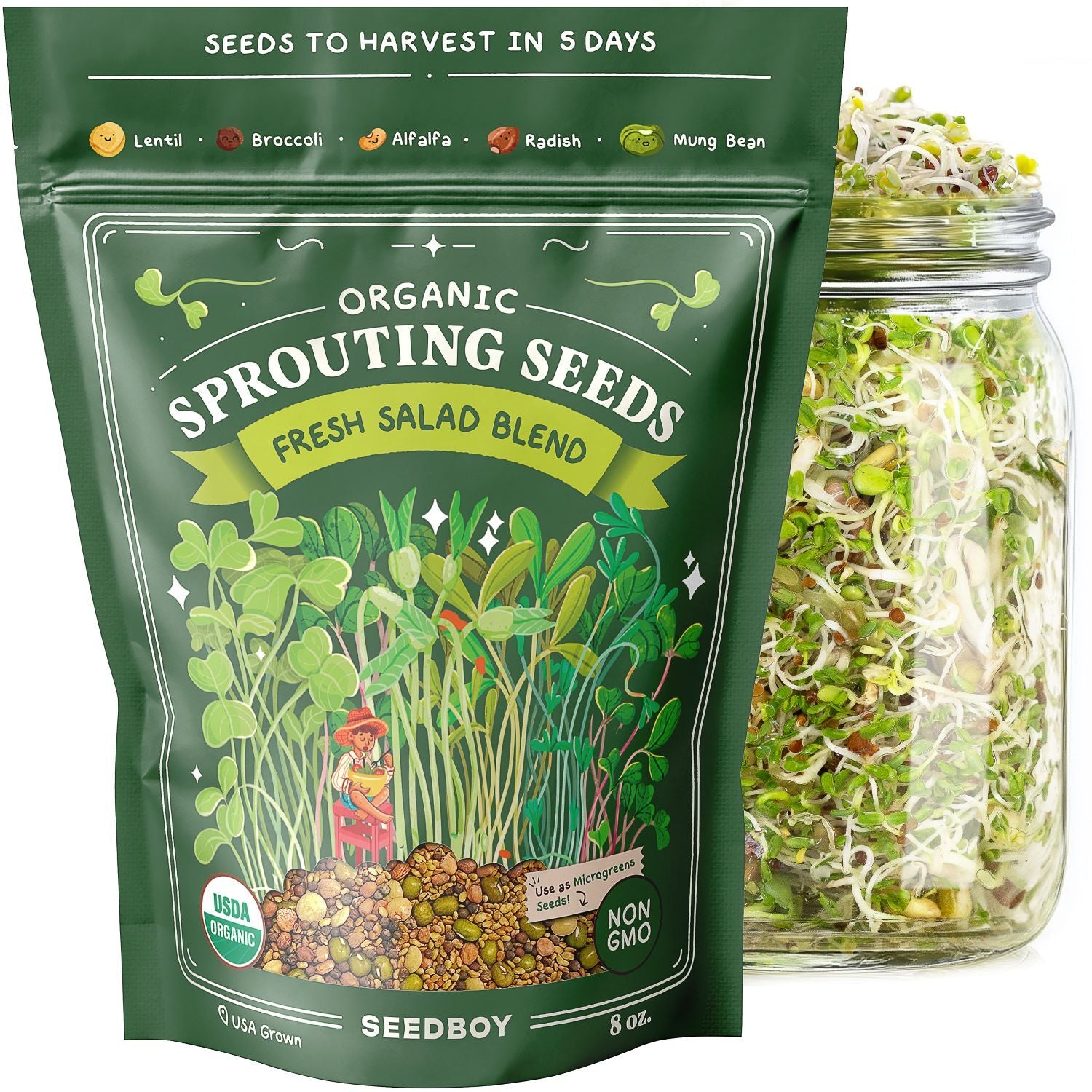
GROW GUIDE
Bouquet Dill
Anethum graveolens
Plant Description
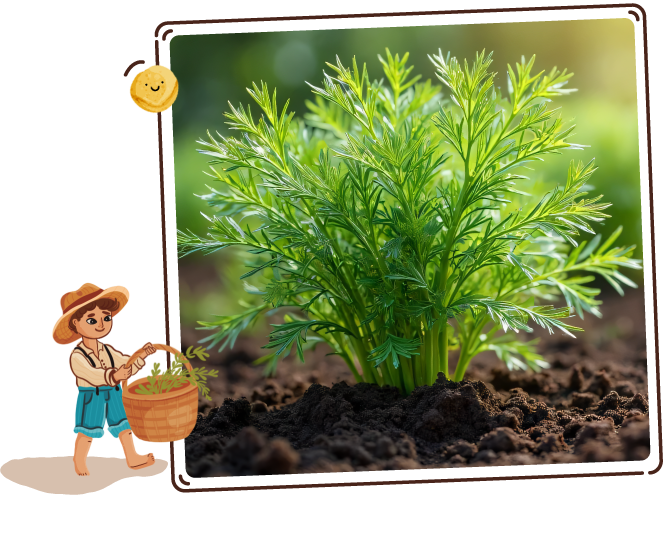
Bouquet Dill
This airy herb boasts thread-like leaves that drape from thin stems, creating a soft, elegant appearance.
A member of the carrot family, it is celebrated for its vibrant, aromatic flavor, which pairs exceptionally well with fish, salads, and soups.
Quick Facts:
-

Sun Requirements
Full Sun
-
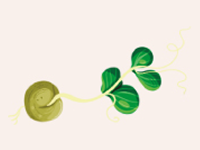
Days To Sprout
10-20 Days
-

Days To Harvest
50-60 Days
-
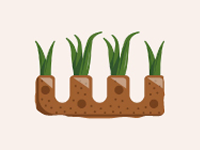
Plant Spacing
10-12"
-
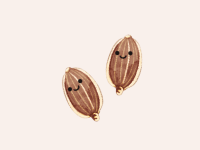
Seeds Per Hole
2
-
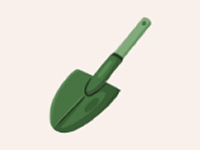
Planting Depth
1/4"
Best Planting Locations
-

Herb Gardens
Full sun exposure ensures vigorous growth and optimal flavor.
-

Raised Beds
Excellent for controlling soil quality and improving drainage, which is crucial for dill's health.
-

Alongside Vegetables
Dill can help repel certain pests while attracting beneficial insects like wasps and honeybees.
-
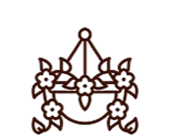
Containers
Suitable for balconies or small spaces. Ensure containers are deep enough to accommodate dill's long taproot.
Getting Started
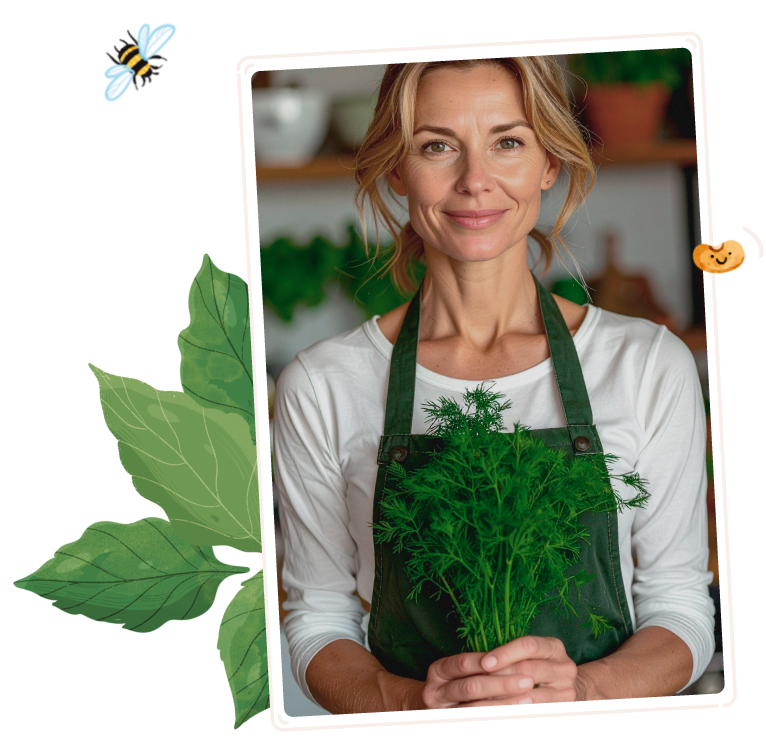
-
1
Find the Spot
Dill thrives in light and airy conditions. Select a planting location that enjoys at least 6 hours of direct sunlight each day. If growing indoors, a spot near a south-facing window is ideal.
-
2
Prep the Soil & Fertilizer
Use well-draining, fertile soil. Dill isn't too demanding but benefits from a light application of compost before planting or a balanced, slow-release fertilizer to support its rapid growth.
-
3
Plant the Seeds
Plant 2 seeds or 1 seedling 1/4 inch deep in pots or the ground. Don't completely bury the seeds as they need light to germinate.
During germination, keep the soil consistently moist, but not waterlogged, and place in a bright location.
Keep the soil temperature between 60° to 70° F. Space seedlings or plants about 10-12 inches apart to provide ample room for their tall growth.
Good Neighbors:
-
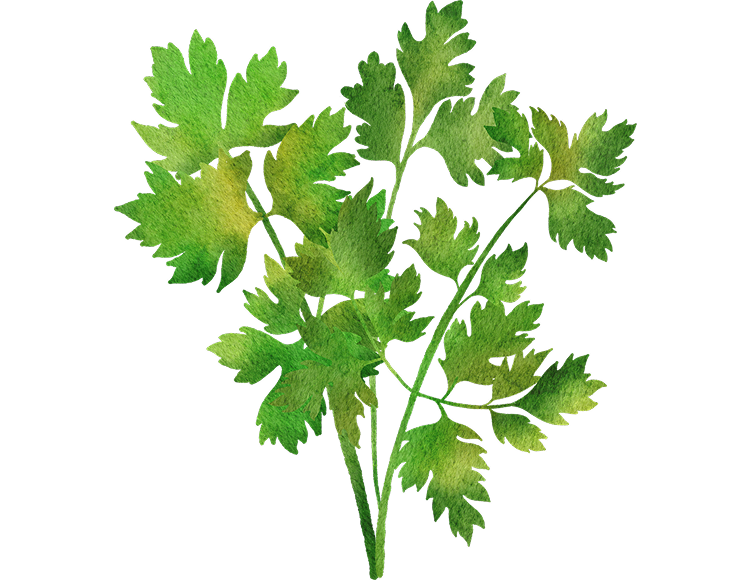
Cilantro:
Both attract beneficial insects, enhancing pollination and pest control
-
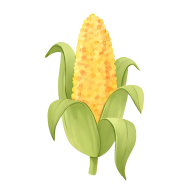
Corn:
Dill provides pest control, improving corn stalk health
-

Cucumber:
Dill attracts predators of cucumber pests, boosting crop health
-
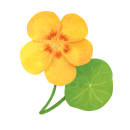
Nasturtium:
Repels pests, attracts beneficial insects
Enemy Plants:
-
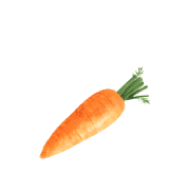
Carrots:
Can cross-pollinate, resulting in bitter-tasting carrots and stunted growth for dill
-
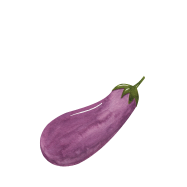
Eggplant:
Dill's roots release a substance that is harmful to plants in the nightshade family
-

Peppers:
Compete for the same nutrients, stunting growth
Attractants:
-
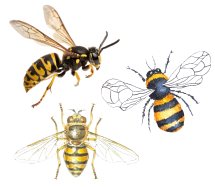
Honey Bees, Hoverflies & Wasps,
Attracted to its pollen
Repellents:
-

Cabbage Moths
Repelled by dill's scent
-
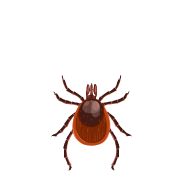
Spider Mites
Repelled by dill's scent
Best Time to Plant
USDA Hardiness Zones

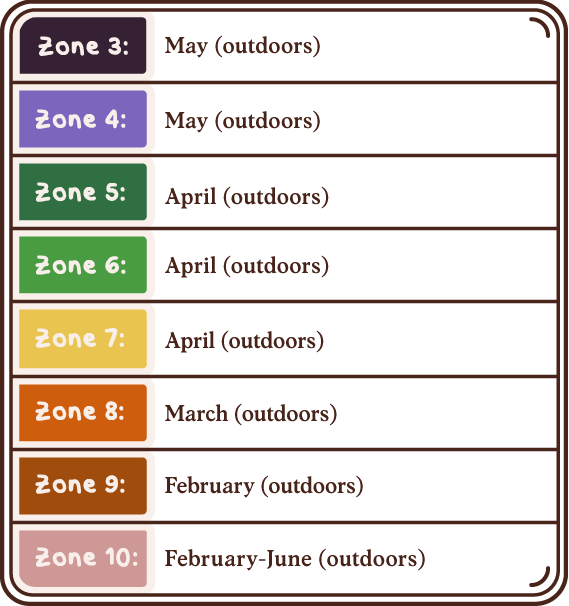
Day to Day Maintenance
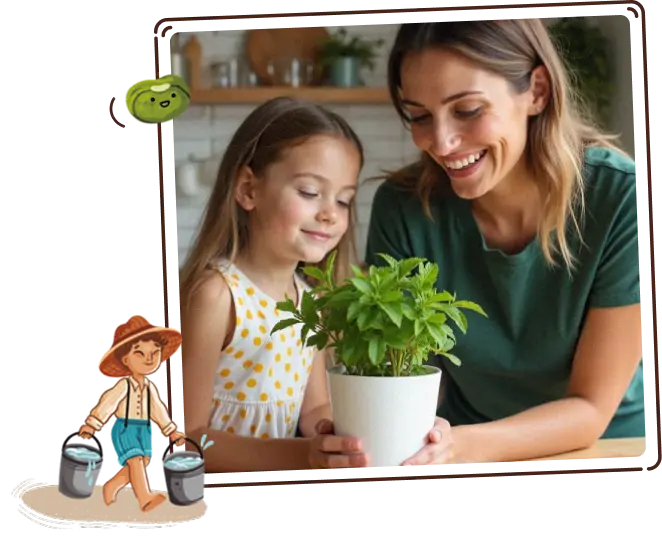
-
Watering
Water evenly to maintain a consistently moist soil environment. Dill does not tolerate dry soil well, but also be wary of overwatering, as it does not like soggy conditions.
-
Pruning
Dill generally requires little pruning. However, to encourage a bushier plant, you can pinch off the top leaves as the plant grows. This will also help delay flowering, extending the leaf production period. Always prune or pinch just above a leaf node or a branching point.
The Harvest
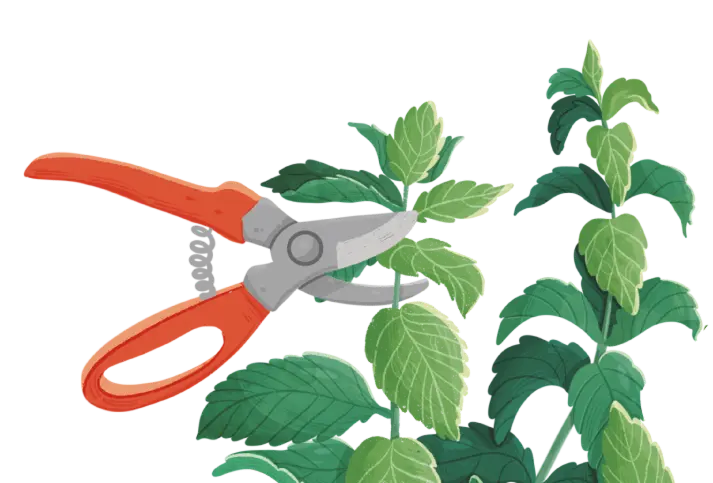
-
Gathering
Snip dill fronds as needed. Frequent harvesting encourages the plant to produce more foliage instead of going to seed.
-
For the most intense flavor, harvest dill in the morning when the essential oils are most concentrated.
Favorite Uses
-
Pickles
-
Fish
-
Salad
-
Soup
-
Potatoes

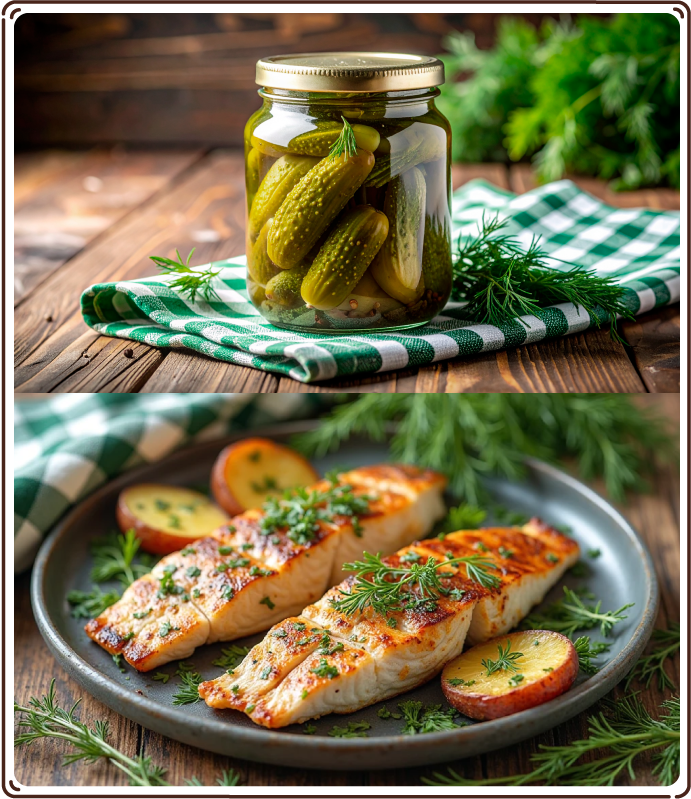
How to Store
-
Room Temperature
Duration: Up to one week
Location: Keep on countertop away from direct sunlight
Method: Place dill stems in a glass of water like a bouquet of flowers. Ensure the leaves do not touch the water to avoid rotting. Change the water every few days to keep it fresh.
-

Refrigeration
Duration: Up to two weeks
Location: Store in the refrigerator
Method: Wrap the dill fronds in a damp paper towel and then place them in a plastic bag or airtight container. This method helps maintain moisture and freshness without making the dill soggy.
-

Freezing
Duration: Several months
Location: Store in the freezer
Method: Chop the dill and pack it loosely into ice cube trays, covering with water or olive oil before freezing. Once solid, transfer the cubes to a freezer-safe bag or container for extended storage.
-
Preserving in Vinegar
Duration: Several months
Location: Store in a cool, dark place
Method: Pack dill fronds into a jar and cover with vinegar. This preserves the dill and infuses the vinegar with its flavor, ideal for dressings and marinades.
Fun Facts

-
Ancient Currency
In ancient times, dill was so valuable that it was used as a currency. The Romans believed that dill brought good fortune and would often use it in their rituals and as a symbol of wealth.
-
Dual Purpose
Dill is both an herb and a spice. The feathery leaves, known as dill weed, are used as an herb, while the flat, oval seeds are used as a spice. Each offers distinct flavors suitable for different culinary applications.
-
Monarch Butterfly Attraction
Dill is a host plant for the larvae of swallowtail butterflies, making it a beneficial addition to any garden interested in supporting butterfly populations.
Subscribe to our Newsletter: "The Small Garden Chronicles"
Where curious growers gather for garden inspiration.
